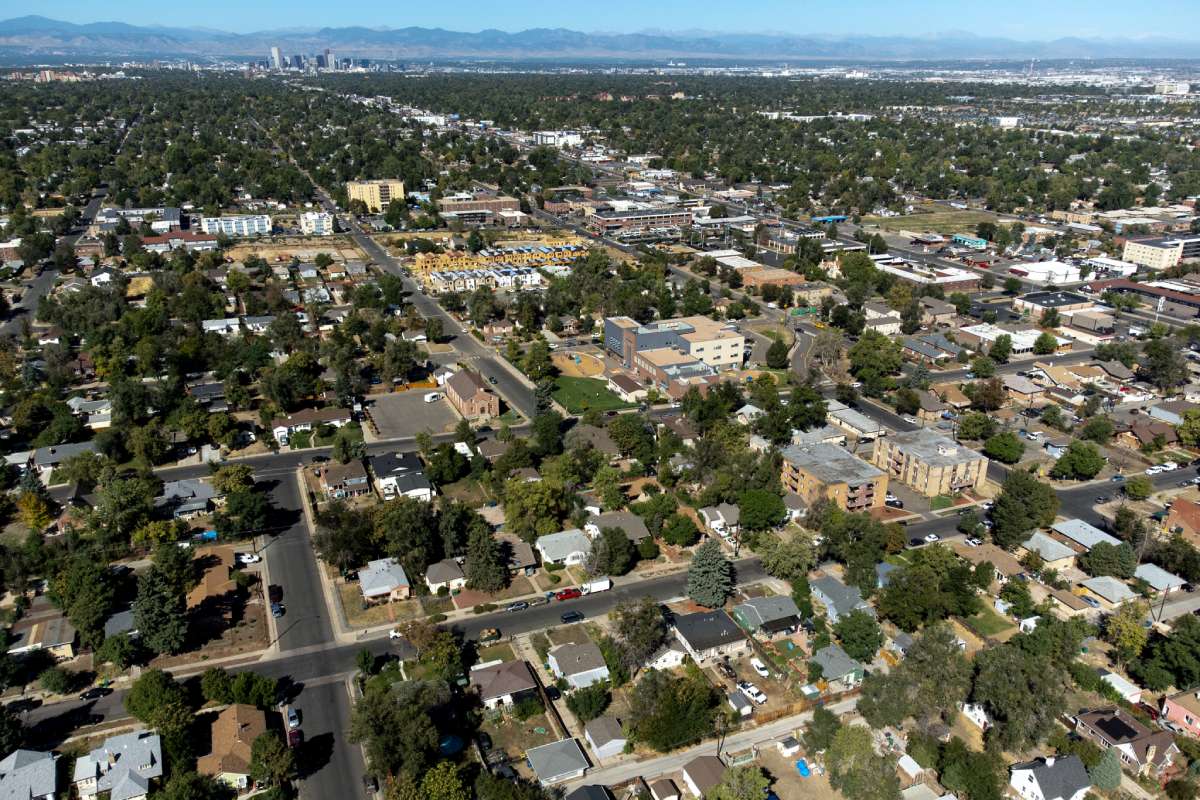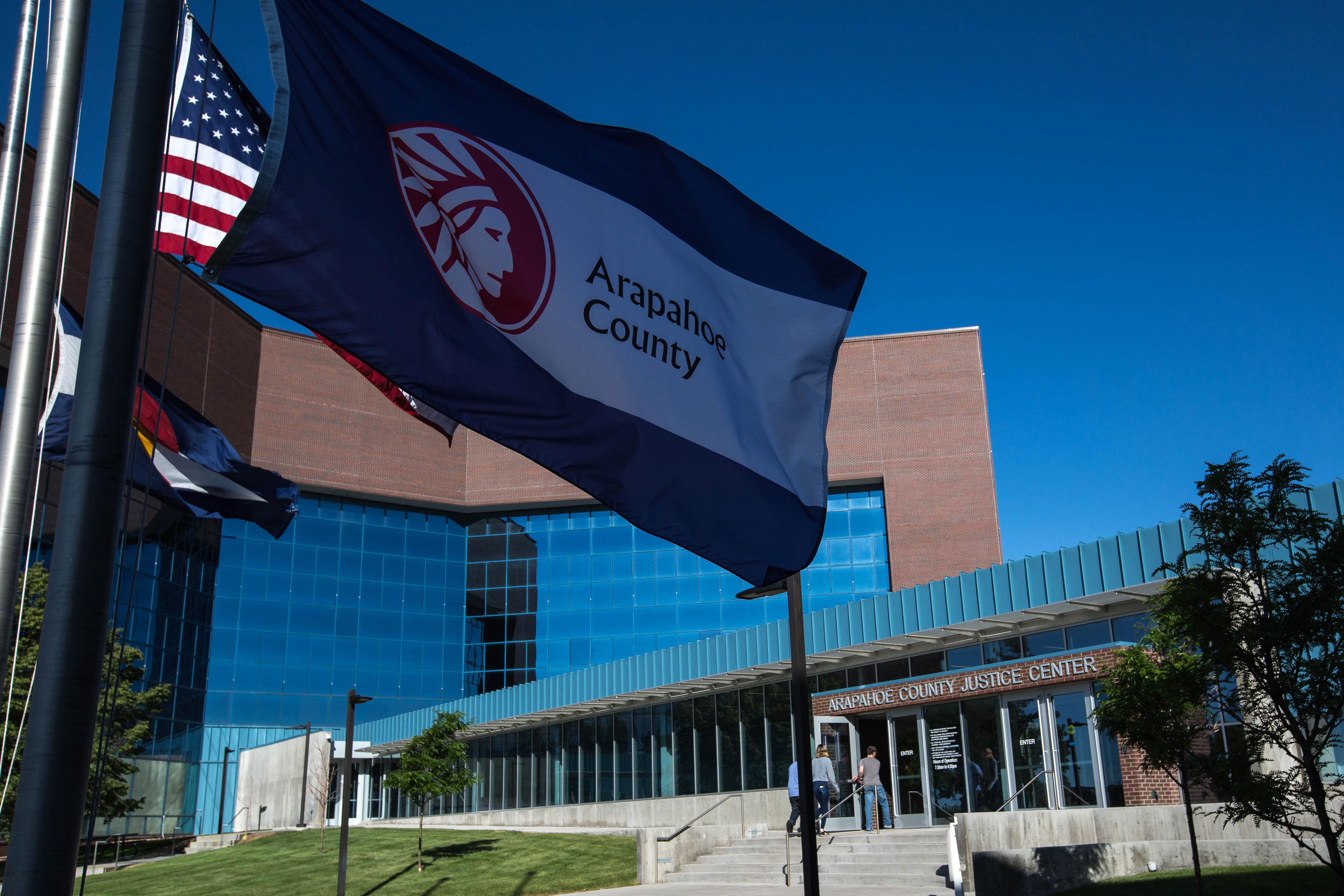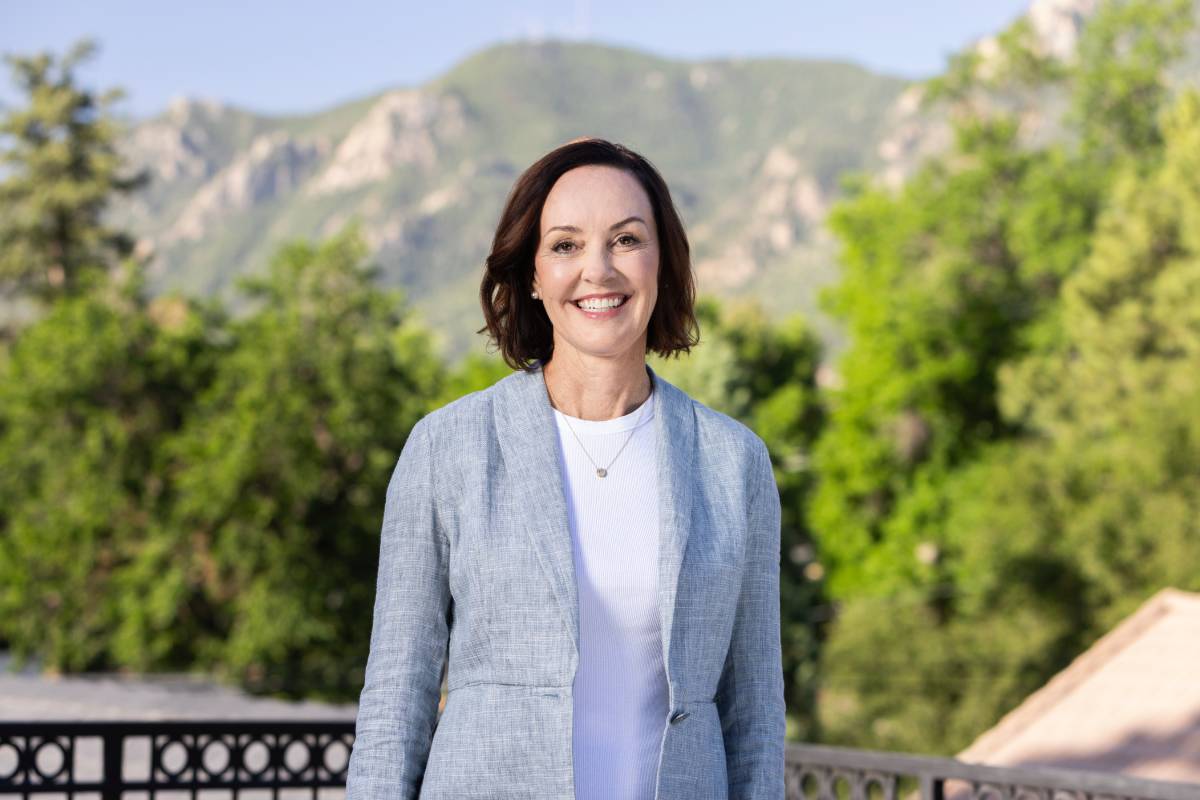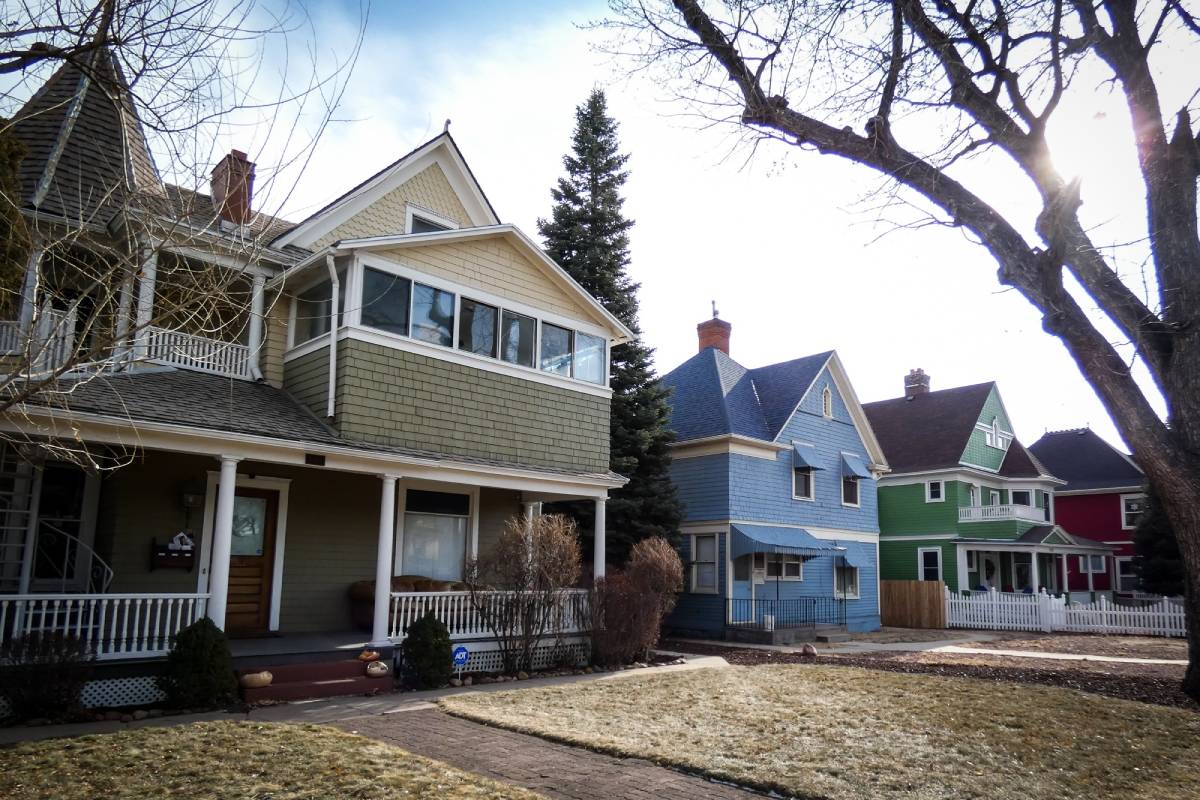
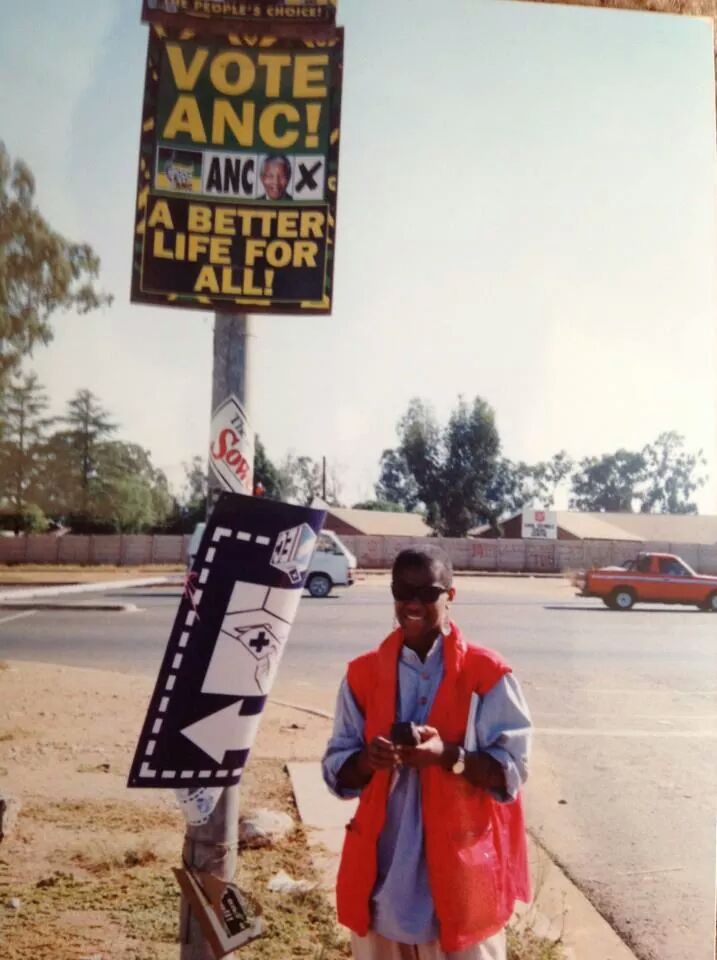
Denver journalist Donna Bryson first went to South Africa in 1993 to cover the country's inaugural all-race election for The Associated Press. When she returned in 2008 as the AP’s Johannesburg bureau chief, a seemingly quiet, provincial university in Bloemfontein was erupting with controversy.
The University of the Free State had been making strides to transform itself to become a place where blacks and whites lived and learned together. Then a racist video made by four white students at the school went viral and people from all over the world were talking about it on social media channels.
Bryson interviewed many of the students and faculty at the university, and she shares their stories of trying to move past racial conflict in her debut book, “It’s a Black White Thing.”
The Reitz video
Bloemfontein has a distinct reputation, Bryson says.
“I came to see Bloemfontein as a microcosm [for what was happening elsewhere in South Africa],” she says. “But a lot of South Africans see it as particularly racist, as particularly troubled by the past.”
The reputation could be attributed to the city’s isolated location, Bryson adds, far from the cosmopolitan Johannesburg and tourist-driven Cape Town.
“So you have this sense of the history taking a longer time to evolve,” she says.
The university had made progress with integrating its classrooms and residence halls prior to the racist video hitting the Internet towards the beginning of 2008. It left students, faculty and staff reeling.
In her book, Bryson writes:
“As a journalist, I have pored over survey results about racial attitudes among South Africans. I have interviewed white South Africans who did not realize they were revealing racist thinking when they told me, a black American, that ‘our blacks’ are different from ‘you Americans.’ They thought that was a compliment. In the time-honored tradition of gathering the opinions of ‘ordinary people’ for articles, I have greeted strangers on the streets of South Africa to request impromptu interviews. Some white strangers would walk stiffly past, staring coldly somewhere over my head. But until I watched the Reitz video, I had never had the opportunity to see the world unfiltered through the eyes of a racist.”
In the video, four white males enrolled at the school put several older black workers, who clean their dormitory, through an initiation ritual similar to the hazing American college students go through to get into a sorority or fraternity. Towards the end, one student takes a plate of food into the bathroom. With only his back visible to the camera, he appears to urinate into the food and then serves the plate to the workers.
“When you look at it, not a lot happens and not a lot is said, but the images are very powerful,” Bryson says.
Former university rector Stef Coetzee had a particularly strong reaction to the video. A white liberal man, he had been instrumental in the initial “transformation” at the school, and came on board just as a large number of black students arrived on campus. He witnessed some incredibly violent times between white and black students at the university, including fights and riots.
Working with the school took a lot out of him, Bryson says. By the time he had retired, he was “exhausted and ill.” Though Coetzee told Bryson the video agonized him more than anything he had witnessed during his post.
“The force of [Coetzee’s] reaction to the video was seeing that the past still lived on,” Bryson writes in her book. “The shock of the Reitz video lay in realizing that all the bridges between cultures that he and others had worked to erect were so fragile.”
The former rector had hoped the university was past this kind of discrimination. “Transformation never stops,” he tells Bryson. “It goes on and on.”
A university trying to move forward
Coetzee was one of several individuals Bryson interviewed for “It’s a Black White Thing” -- students and faculty trying to build a multi-cultural, multi-racial institution for learning. And their stories are the foundation of the book. This includes people such as Benito Khotseng, one of the university’s first senior black managers.
Khotseng applied for the job shortly after South Africa’s first all-race election and was brought on to help recruit black students and counsel all students on how to co-exist. Bryson says she was impressed by his patience, persistence and above all, his gentleness.
“I think you would probably call Benito an early innovator,” Bryson says.
Another prominent person Bryson interviewed for her book is the university's current vice-chancellor and rector Jonathan Jansen, who is the first black man to hold this position at the school in its more than 100-year-old history.
Jansen shocked many when, in his 2009 inaugural speech, he forgave the four students who made the Reitz video and asked the public to do so as well.
“I imagine many of the parents and students thought he was going to come in and take revenge,” Bryson says. “Instead he came in and took responsibility for it. He said that, ‘We as educators of students black and white, we shape them and we have to acknowledge that.”
In this same speech, Jansen also announced the F1 exchange programme -- which stands for first year. As a man who studied abroad himself, Jansen felt it was important to send freshmen to other universities around the world for a few weeks to expose them to other cultures -- other ways of living and learning. In turn, returning students are expected to apply what they learned overseas in proactive, productive ways on their home soil.
“A lot of South Africans, black and white, are looking for a way forward,” Bryson says. “And that’s really at the heart of what Jansen was saying [in his speech], that we have to create a new way of dealing with each other.”
Bryson says the university is still undergoing extensive change, but there are signs of progress.
“Now, it is a place where you can walk across campus -- when I compare it to walking across the campus in 2008 -- and you can see black students and white students sitting together,” Bryson says. “It’s huge I think.”
Click the audio above to hear the complete interview between Colorado Matters senior producer Elaine Grant and Denver journalist and author Donna Bryson. You can also hear Bryson read from her debut book, “It’s a Black White Thing,” at the Denver Women’s Press Club on Feb. 24.

